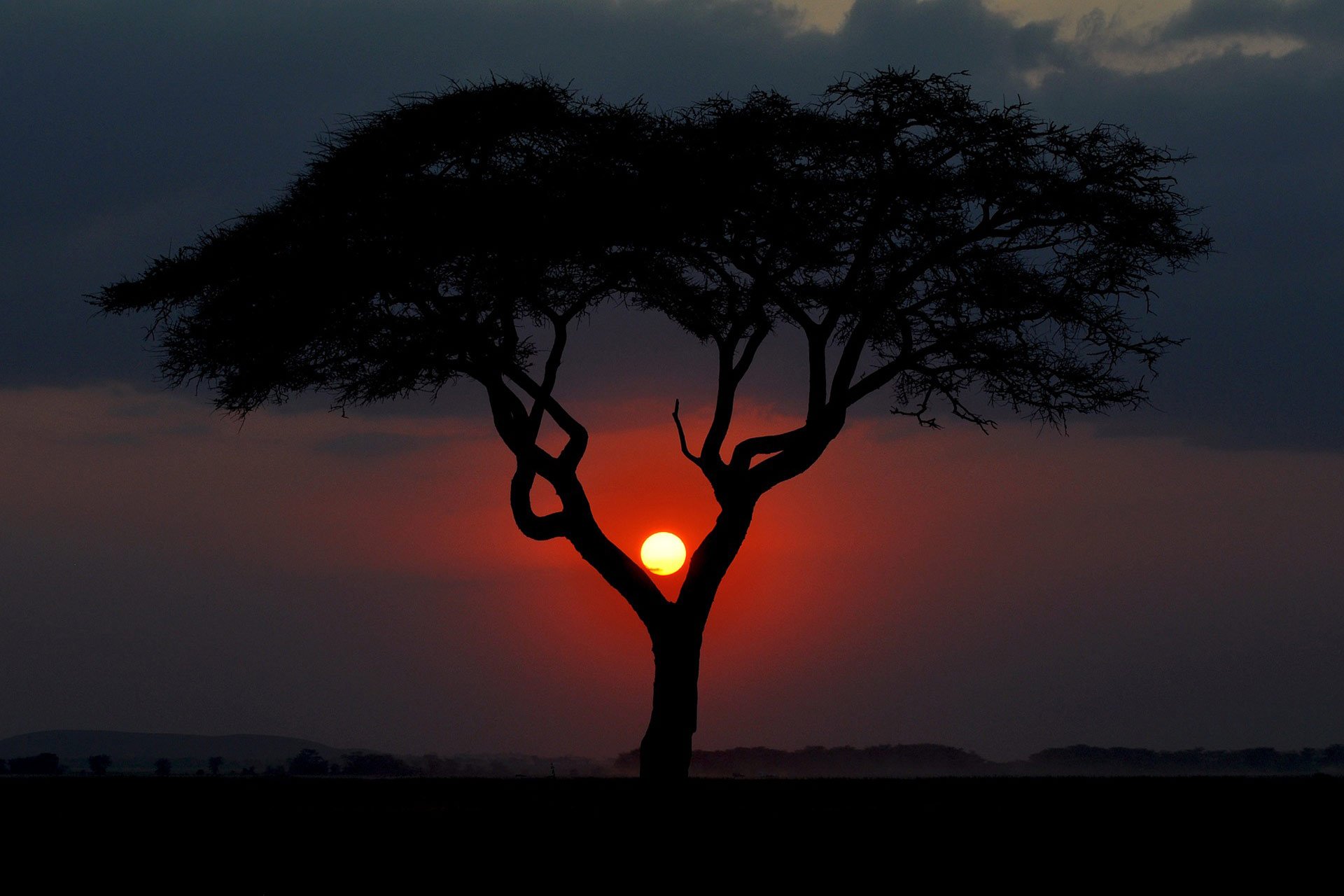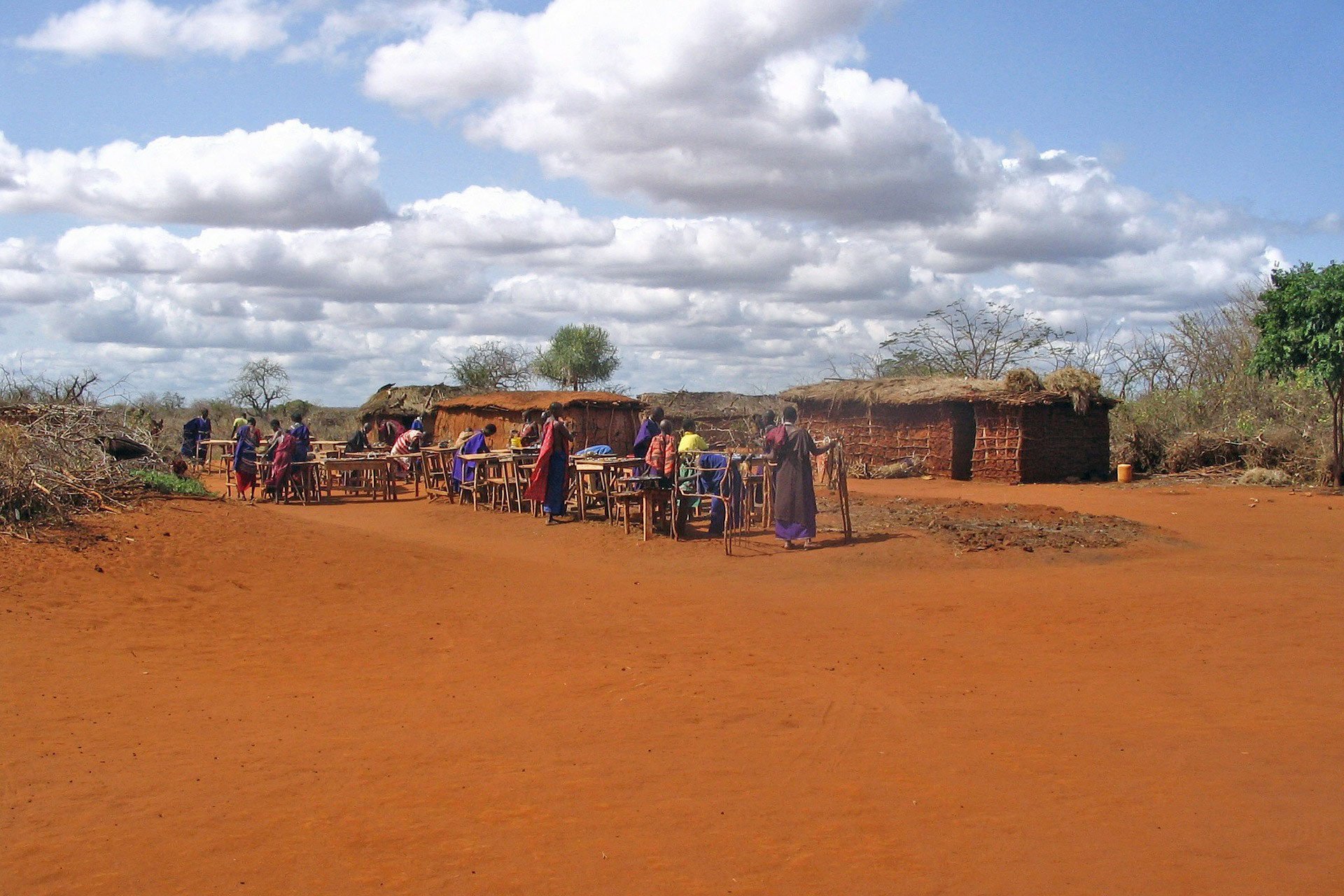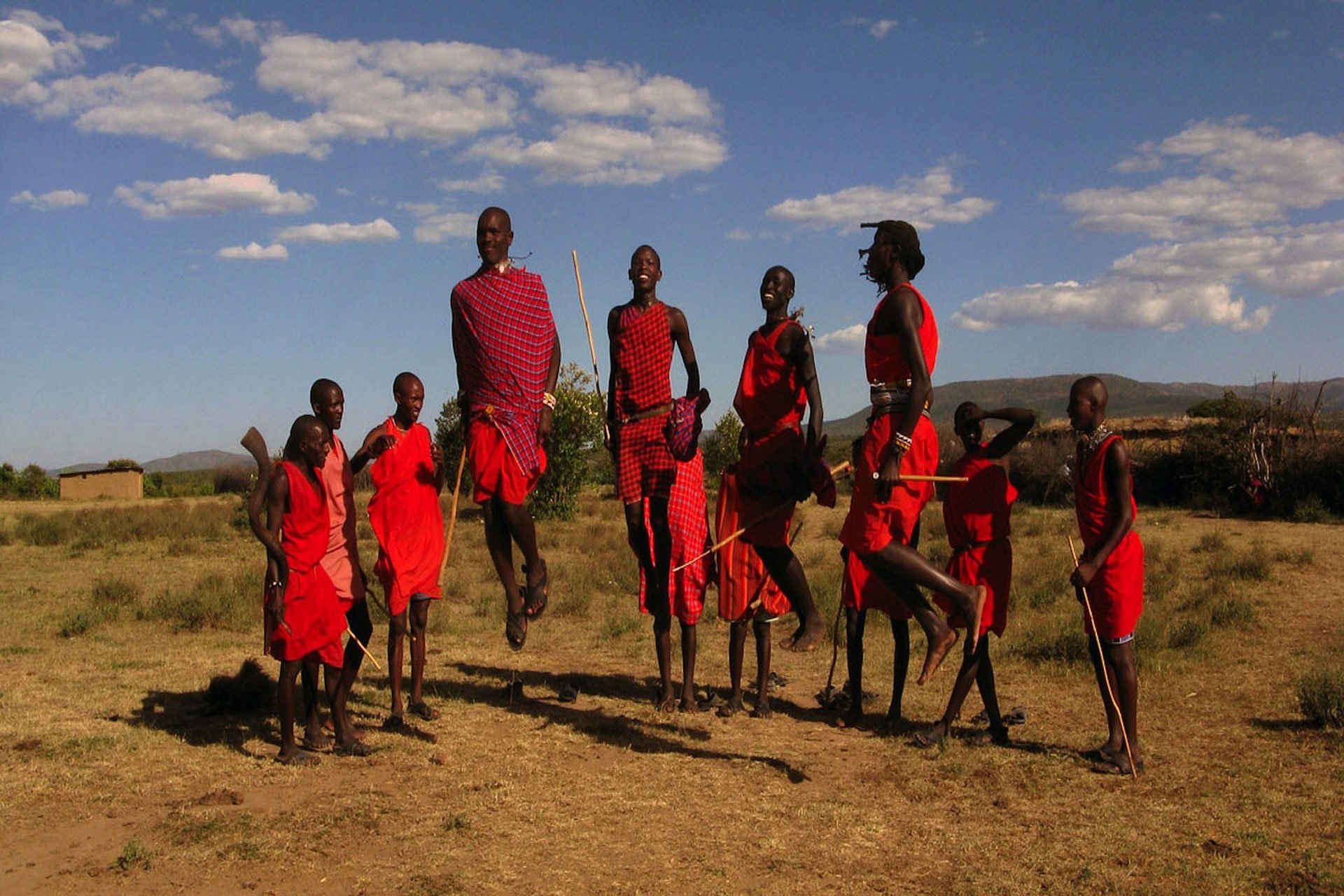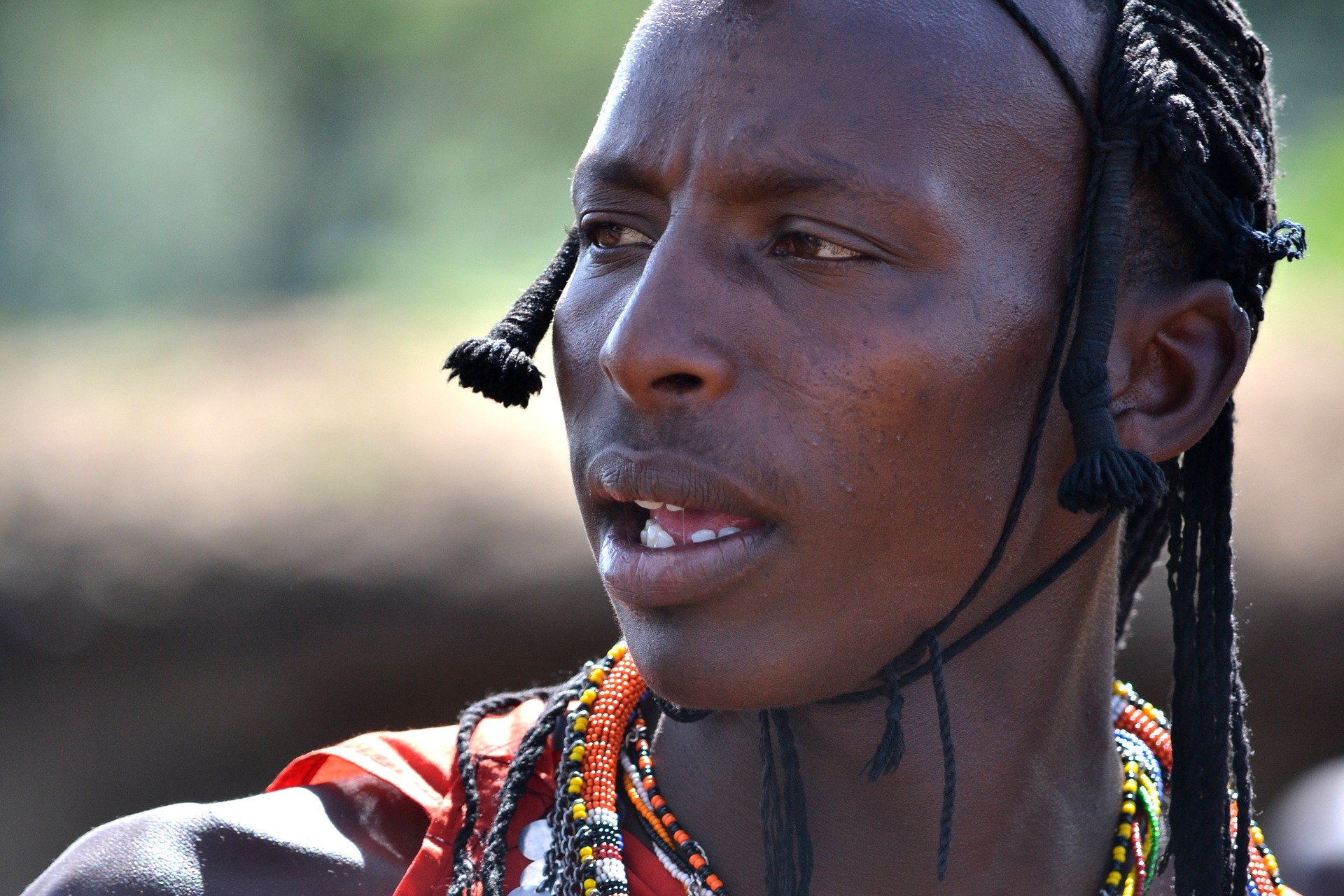Kenya
Sports and adventures
Here are the sports and adventures we recommend in this destination.
For more details about sports click here.
The adventures and sports that can be practiced are many, among which we recommend:
- Off-road safaris, especially during animal migrations, which vary according to the climatic conditions: the birds usually migrate between January and February and wildebeest and zebras from June to September.
- Balloon safaris: a hot air balloon flight to observe animals from above
- Diving in lagoons protected by the coral reef (beyond which you may be lucky enough to see sharks)
- Trekking and climbing in the high mountains or in the forest
- Rafting and canyoning
- Paragliding and skydiving
- Kite surfing
- Mountain biking in the parks
- …
Experiences
Here are some of the unique and exciting experiences you could live in this destination:
- Sleep in a tent
- Elephants in the Kitum cave on Mount Elgon
- The panorama from Nyaru (called World’s End) on the Western PlateauListen to the noises that break the silence of the night and the starry skies
- Sleep in a Treetops Lodge with lions strolling underneath
- Bird watching at Lake Nakuru
What to see
In addition to the sports and adventures mentioned above, Kenya offers wonderful locations that are absolutely worth visiting, including:
- The villages of the indigenous tribes: the Masai one, nomadic shepherds, is the best known and most easily accessible ethnic group, but equally interesting are the Kikuyu, farmers (who represent the majority), the Kamba, the Turkana, the Pokomo.
- Lamu: an old UNESCO heritage city with its narrow streets that have remained intact, its markets and the squares around the fort. There are no vehicles on the island; the donkey and the dhow are still the only means of transport.
- The ruins of Gede: the remains of a 12th century Swahili city. You can still see the rests of some mosques, a magnificent palace and houses surrounded by 45 acres of forest.
- The AFEW Giraffe Center (African Fund for Endangered Wildlife): is located just outside Nairobi. It’s a breeding center for Rothschild’s giraffes, an endangered species. Inside the center it’s possible to approach and feed these elegant animals. If you are staying at Giraffe Manor, a colonial house used as an exclusive hotel, you may find that some giraffes stick their heads in the French windows to take a look at the breakfast table
- Sheldrick Elephant Orphanage: close to the Nairobi National Park. It’s dedicated to elephant and rhino cubs orphaned by poaching
- Ol Pejeta ranch: a refuge for chimpanzees. Although chimpanzees are not an indigenous species from Kenya, they are found in small groups in the rain forests of Tanzania and Uganda, as well as throughout Central and Western Africa. This center saves them from poaching and welcomes them on an island in the center of the ranch.
- Nairobi: it’s one of the largest and most interesting cities in Africa, a metropolis that never seems to sleep, where it’s possible to meet people of all kind. Visit the museum and historic home of Karen Blixen, author of “My Africa”. Just outside the city ther’s the Nairobi National Park.
- Mombasa: it’s a port and commercial city with a cosmopolitan charm where the link with its history remains very strong. It’s located on an island connected to the mainland by bridges and ferries. The real center of Mombasa is the exotic old town, characterized by narrow winding streets and arabesque architecture. Be sure to explore the turrets, battlements and buildings inside the walls of Fort Jesus (Unesco heritage), built to protect the port of Mombasa
- Kisumu: it’s a quiet port city located on the shores of Lake Victoria, with wide streets and elegant colonial architecture. Visit the splendid museum and open market, one of the largest in Kenya. About one kilometer away is the “impala sanctuary”, a refuge for animals that need special protection, such as impala, zebras that live free in the sanctuary. Inside there is also an orphanage for lions, leopards, cheetahs, baboons, hyenas, jackals, some species of antelopes and buffaloes. South of the city of Kisumu, you can visit some fishing villages on Lake Victoria
- …
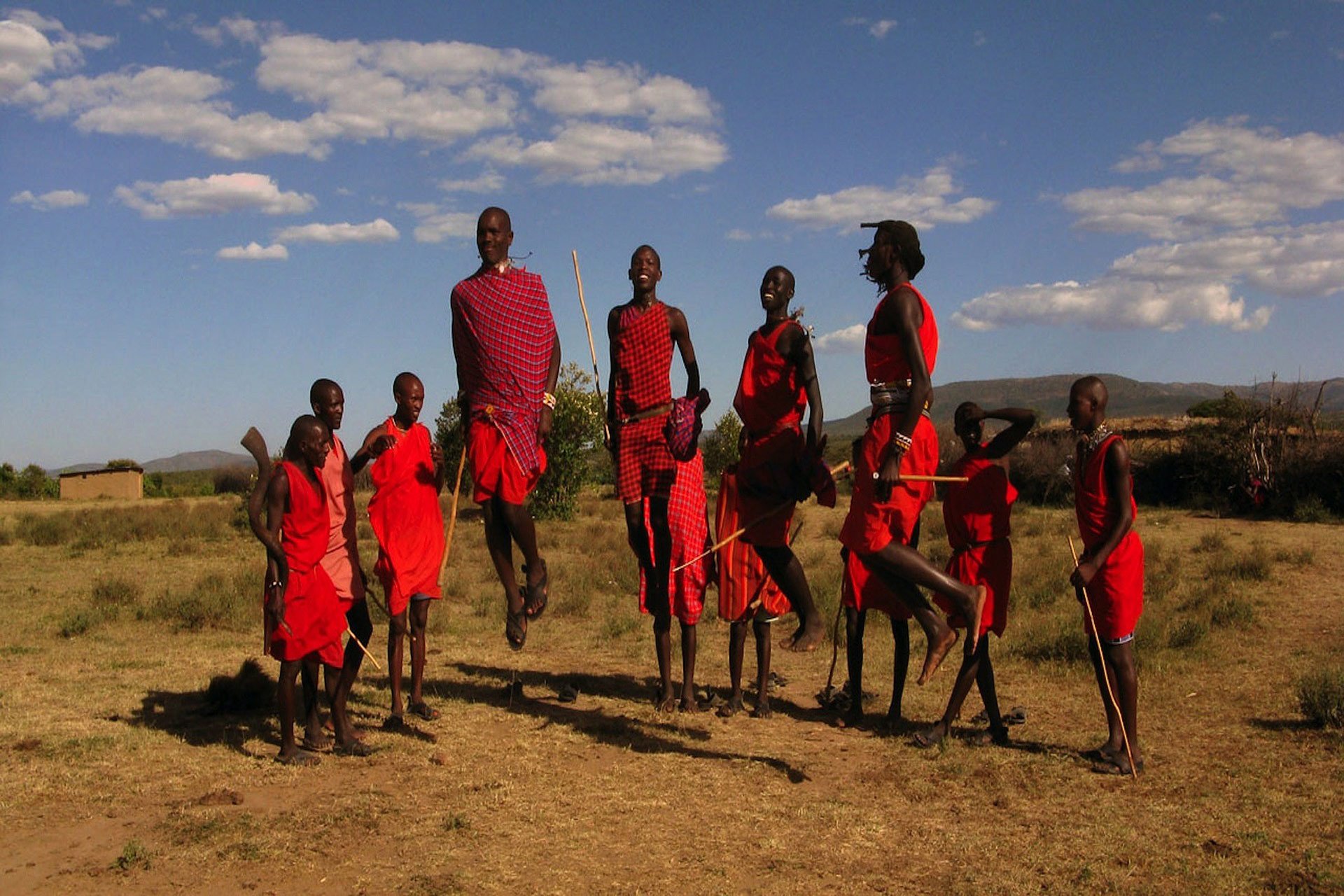


Nature
The landscape in Kenya is somewhat various.
Large plains of typical African savannah alternate with dense forests on the plateaus reaching altitudes of 3-4,000 meters, beyond which dominate snow-covered rocky massifs (Mount Kenya, which reaches 5199 meters, is called Kiima Kya Nya, ostrich mountain , precisely because of the snowy white spots that cover the rocks in bursts).
Numerous parks and protected areas (Masai Mara, Tsavo East and West, Watamu Marine National Park).
There are also the vast desert areas to the north and the extinct volcanoes of the Rift Valley, the deep scar that cuts the country from north to south.
The lakes (Nakuru, Elmenteita, Baringo) are natural places of attraction for animals of all kinds.
How not to consider the white sand coast on the Indian Ocean?
Food and Wine
What you could eat and drink in this country
Meat, vegetables and fruit are products commonly eaten at the table. Rice is widely used and even more the ugali (a sort of corn polenta).
The “coconut milk” (madafu) is always there, which is not the water that fills the walnut, but its grated pulp with a special toothed knife and mixed with water; madafu is used to flavor many dishes, such as chicken or grilled fish.
In hotel and lodge restaurants, the cuisine is mainly “international” and anonymous, but it is possible to find small restaurants where traditional local dishes are still cooked (such as irio, bean soup, potatoes and corn) or of Arab origin ( like sambusa, pancakes stuffed with minced meat).

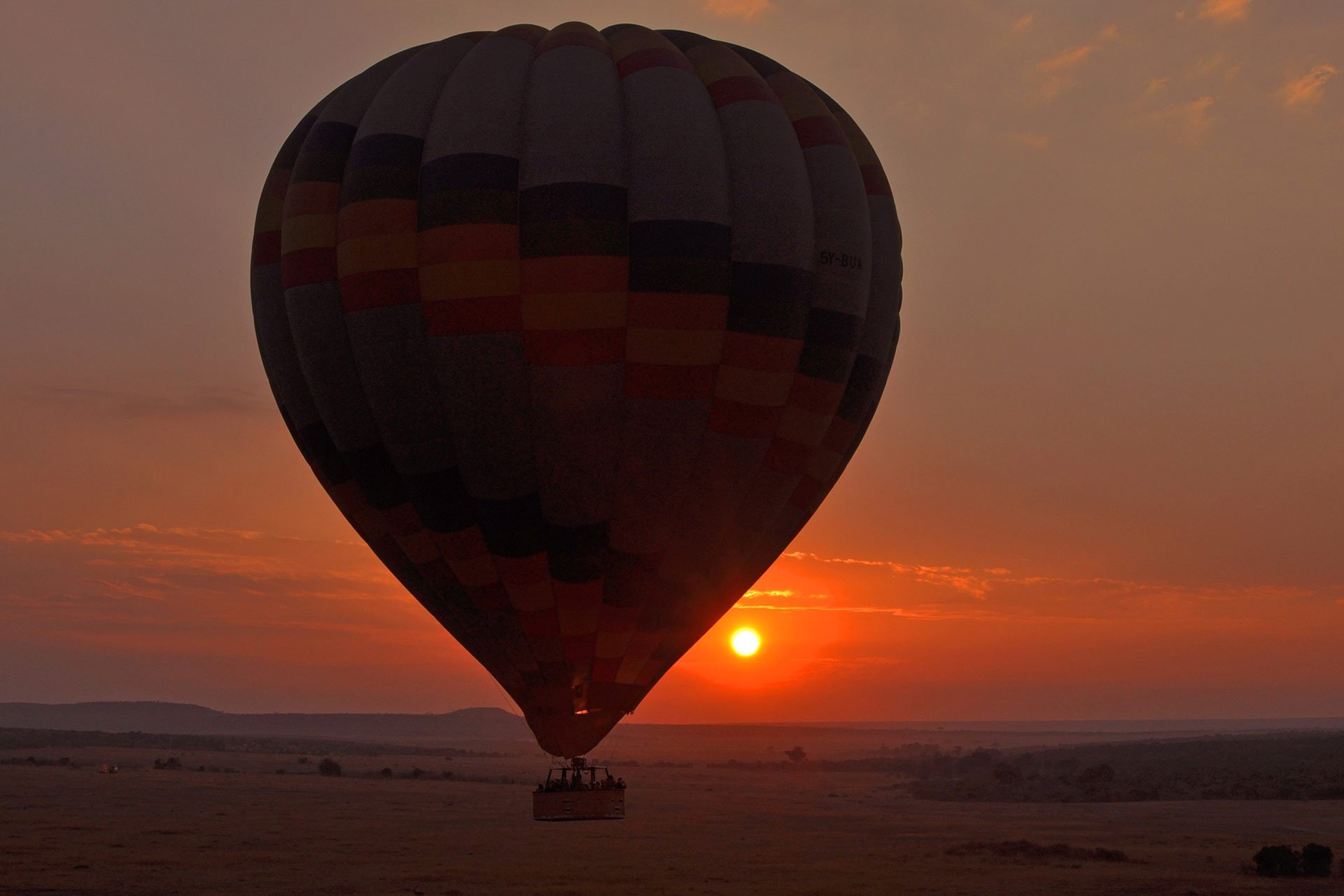
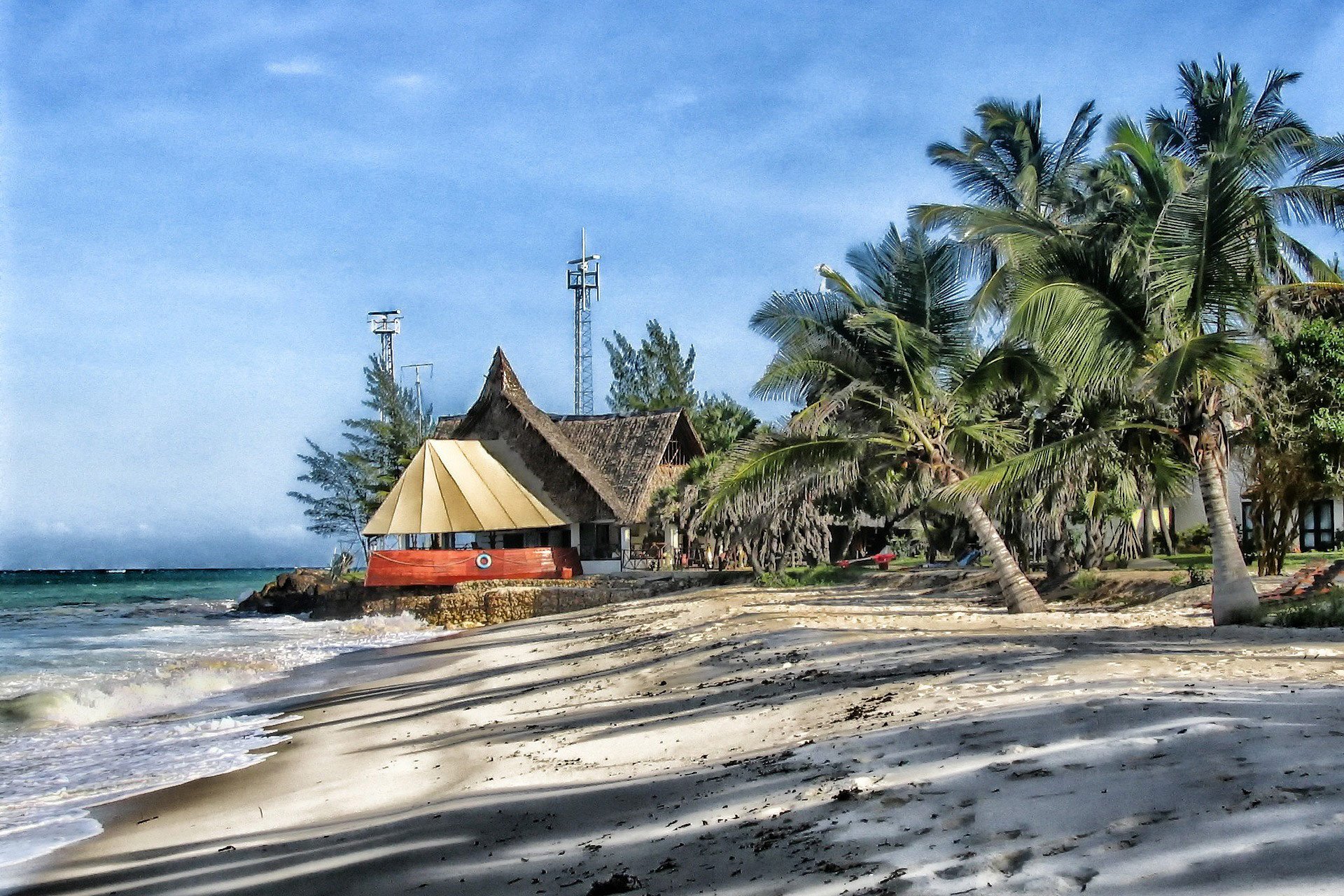
When to go
Except for the torrid heat of November and the rainy season (the rainy months are generally from March to May and from October to December), for the rest of the year Kenya offers a more than acceptable holiday climate: 22- 30 ° C on the sea and from 10 to 25 ° C in mountain locations at 3000 meters. The best months are however February and March and from June to September.
Information
Language: Swahili – English is spoken everywhere
Currency: Kenyan shilling – KSh – KES
Capital: Nairobi
For up-to-date and detailed information visit www.viaggiaresicuri.it
Some tips
Kenya is a rather poor country and its greatest resource is tourism, which has now reached an efficient organization that is attentive to the conservation of the nature of places but … industrialized. This fact could be positive on the sea, safaris instead risk to appear like a zoo-safari.
The do-it-yourself alternative is possible, especially at the sea, but sometimes it’s more expensive and almost always not very effective. For safaris it’s better to rely on expert guides and be willing to endure some discomfort, like wake up early, night expeditions, long journeys, long waits to see animals.
The country is still at risk of malaria, so prophylaxis is prudent.
During the month of Ramadan (variable from late March to early June) some inconveniences may occur, especially in restaurants. Tourists are not required to respect fasting, but it’s a sign of respect not to eat and drink in public.
Do you like this destination?
Do you want to visit it with us on a discovery tour?


